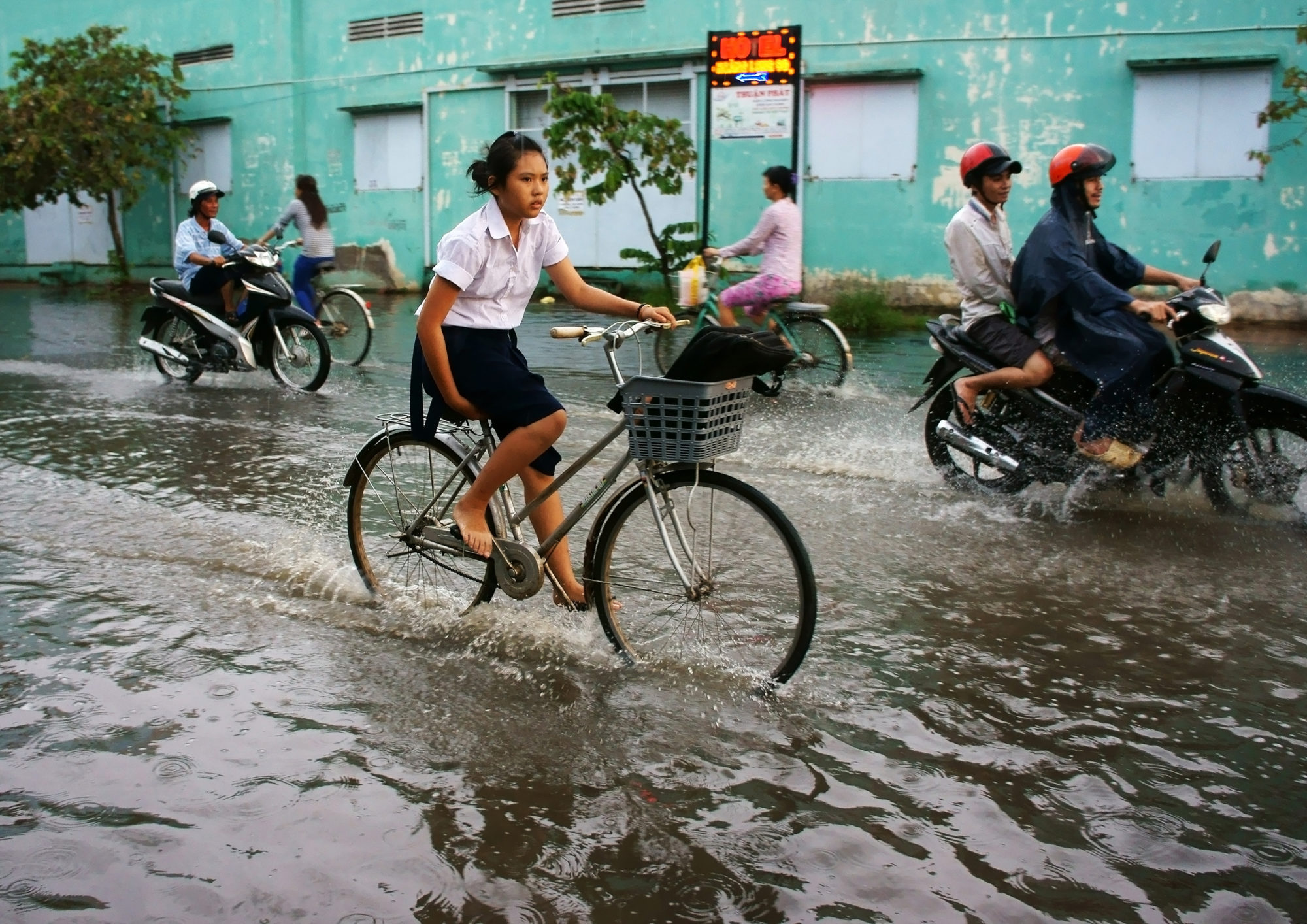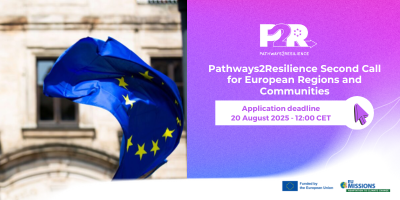Guest article by Karl Arpon, Senior Engagement Officer, States and Regions from CDP, Regions4 partner working jointly for climate adaptation at the subnational level.
The path to decarbonizing the economy has already begun. Regional governments can play a pivotal role in this as they are often the implementing bodies for global agreements on climate change policies. Yet, there is an increasingly urgent need to step up global action to avert the crisis we are facing.
We are already witnessing the impacts of climate change which, unchecked, will subject populations to untold risk and suffering, push already struggling services to the brink and undermine regional governments’ efforts to protect their citizens.
In 2019, over 120 regions disclosed climate and environmental data to CDP. 108 of these regions – representing a combined population of over 611 million people across six continents – reported climate hazards and attendant risks. CDP data shows that the top five hazards faced by regions are more hot days, more intense rainfall, sea level rise, hotter summers and more frequent droughts.
What this spell out for people living at the front lines of the climate crisis, we do not yet fully know. Regional governments disclosing to CDP are playing a part in understanding this new normal and how it can be tackled, but more must now follow suit.
So, what can regions do?
Disclose
By disclosing their environmental data to CDP, regions can have a stake in the transition to a low-carbon and climate-safe future. CDP’s States and Regions questionnaire guides regions to identify the key data points, set out in a thorough and systematic way the major risks, and opportunities and actions that are being taken to tackle dangerous climate change.
We know that it is vital that all levels of government act to build resilience and protect their citizens from the ever-unfurling impacts of climate change. The first step for regions is to understand how they are vulnerable to the climate crisis and work on action plans to tackle these head on.
Yet, only 49% of the regions that disclosed in 2019 have completed vulnerability assessments – the vital step that must be taken in collaboration with a broad range of stakeholders including local and national government representatives for regions to understand the climate hazards they are up against, now and in the future, and how to address them.
Gain Insight
There is no “one-size fits all” approach for regions to predict, plan, and adapt to the climate crisis. Current climate change impacts vary from region to region, and projected impacts are expected to do so too. As such, regions will be vulnerable to the new normal in different ways, all of which regional governments should work to prepare for. Once you have developed a thorough understanding of how your region is vulnerable, the next step is to analyse and draw insights from environmental data. This is necessary to develop clear plans of action to build resilience and protect citizens.
Such insight takes the shape of an adaptation plan, which outlines the region’s planned response in order to address and manage current and future climate risks. Such plans also set objectives or goals for adaptation, each accompanied by concrete measures to track progress. In 2019, 57% of the regions disclosing to CDP reported that they already have adaptation plans in place, but more action is needed.
Action
This final and crucial step is to put your adaptation strategy into action. Beyond tackling climate change, this is vital if regions are to sustain future economic growth and remain safe places to live and work.
Our data shows that regions are already doing this, with the most reported actions ranging from community engagement, crisis management, flood mapping to real-time risk monitoring. The successful delivery of a climate change adaptation strategy can be supported with increased capacity to monitor and evaluate progress made. The knowledge and information gained can be fed back into the entire process to ensure actions taken are both effective and impactful.
Start your reporting journey today
The 2020 reporting platform is now open.
Regional governments can drive the global transition to a climate-safe and low-carbon economy. Disclosing to CDP harnesses the power of data to take meaningful environmental action and unlock the opportunities that the sustainable future offers. Reporting to CDP year-on-year builds up a picture of how regions are progressing, making it easier to track which actions have had the greatest impact.
The reporting deadline for this year is the 1st July 2020*.
*Given the extraordinary circumstances that the Coronavirus (COVID-19) pandemic presents, we will be reviewing deadlines and milestones within the disclosure cycle and keep you informed of any potential changes.
We look forward to working with you this year. Please do not hesitate to contact CDP at statesandregions@cdp.net if you require any assistance.



